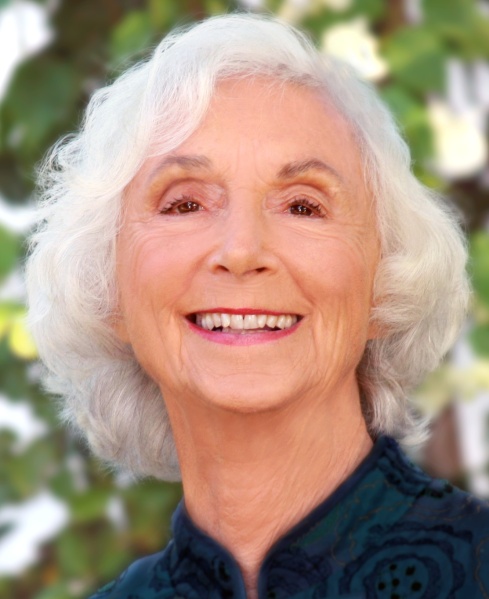 IC does not align itself with black magic or devil worship, but IC does believe that there is at least partial truth to every spiritual path. It is that truth, however small, that we wish to illuminate here.
IC does not align itself with black magic or devil worship, but IC does believe that there is at least partial truth to every spiritual path. It is that truth, however small, that we wish to illuminate here.
Anton Szandor LaVey was a church and sideshow/burlesque organist (“seeing some of the same faces on Saturday night as he did on Sunday morning”) before founding the Church of Satan in 1966. He brought a definitive and canonical approach to his brand of religion, but also an underground, cultish aesthetic. Certain celebrities (politicians, comedians, musicians) would attend LaVey’s “Black Masses” at their height – a kind of Andy Warhol meets H.P. Lovecraft mash-up.
While Satanism, at its core, is really nothing more than a highly-cynical form of secular humanism, LaVey understood the importance of ritual in religious life. There was no awe or entertainment value to things like Plato and Kant. Satanism, as a comment on ritual, reminds us that people like to offer their blessings to the flame of the white candle, and occasionally offer a curse or two to the flame of the black candle. It’s cathartic, it just feels good, and in tandem with things like prayer and/or meditation can effect real change in an individual, eventually leading to either real or perceived change in their surroundings.
But LaVey did more than write the book on how to perform a ceremony with a broadsword and a nude female standing (or kneeling) in as an altar. He sincerely questioned the motives of those who called themselves Christians, but that practiced decidedly non-Christian behavior (greed, theft, lust) and those that that held such benign ambitions as earning more money, wanting to improve their quality of life or being proud of one’s own accomplishments without giving credit to God. He (among so many others) denied the concept of “sin,” saying it was based on behaviors that the human animal was wired for from birth – violence, sex, adultery. He held up a mirror to contemporary congregations, asking them if they wanted to pursue Earthly pleasures, why weren’t they just honest with themselves, do so guilt-free and stop calling themselves Christians?
What LaVey either didn’t understand or wouldn’t allow for was an in-between. Like many before and after, he skipped the gray areas of semantics, logic and mythology entirely and chose to pursue the purely dark side. LaVey seemed unfazed by the fact that his Anti-Christ, known by so many other names (Lucifer, Belial, Leviathan) was simply and ultimately the representation of evil – a character cast opposite Jesus to give meaning to our internal moral struggle. LaVey never fully expressed the concept of God, because a complete concept of God would contain both.
But LaVey was correct about a few things. The Christian Church has only recently begun to transcend and include its former iterations, ceding to select truths in the fields of psychology, archaeology, ethics and biology. The Christian Church continues to change, every day moving away from a fundamental and literalist approach to centuries-old dogma and growing more diverse in its understanding and interpretation of holy scripture. But, when does it cease to be “Christianity?”
The magic spells and demonic imagery aside, LaVey’s question is as valid as ever today. With the rise of televangelism and the Mega Church, money and contributions are not only spent on treasure-building within the corporate church structure but flaunted on huge screens in front of the congregation itself. And while no religious doctrine should be invalidated if it serves the needs of a community or greater good, the tenets of Lavey’s Church of Satan are unfortunately written (and spoken) by someone who has seemingly never raised a child or helped another in need of charity.
Ultimately, it is the work and the word that is left behind. And any spiritual code or written moral law is like a steel rod which we (as saplings) are tied to – or voluntarily wrap ourselves around. Our path is constantly righted by this written word and we may wither and die away, but the word – in many cases – lives on.
LaVey’s work, while convenient for the anti-establishment sect to debate and argue, falls short of providing a full spiritual life for those seeking immediate fulfillment on Earth or even those Christians who find themselves on the fence.















